Japanese denim tips: Everything you need to know about the world's finest jeans (2025)
Discover why Japanese denim stands above the rest. Learn about traditional production methods, top brands like Momotaro and Pure Blue Japan, and expert care tips for raw denim. Your complete guide to premium Japanese selvedge.
What sets Japanese denim apart?
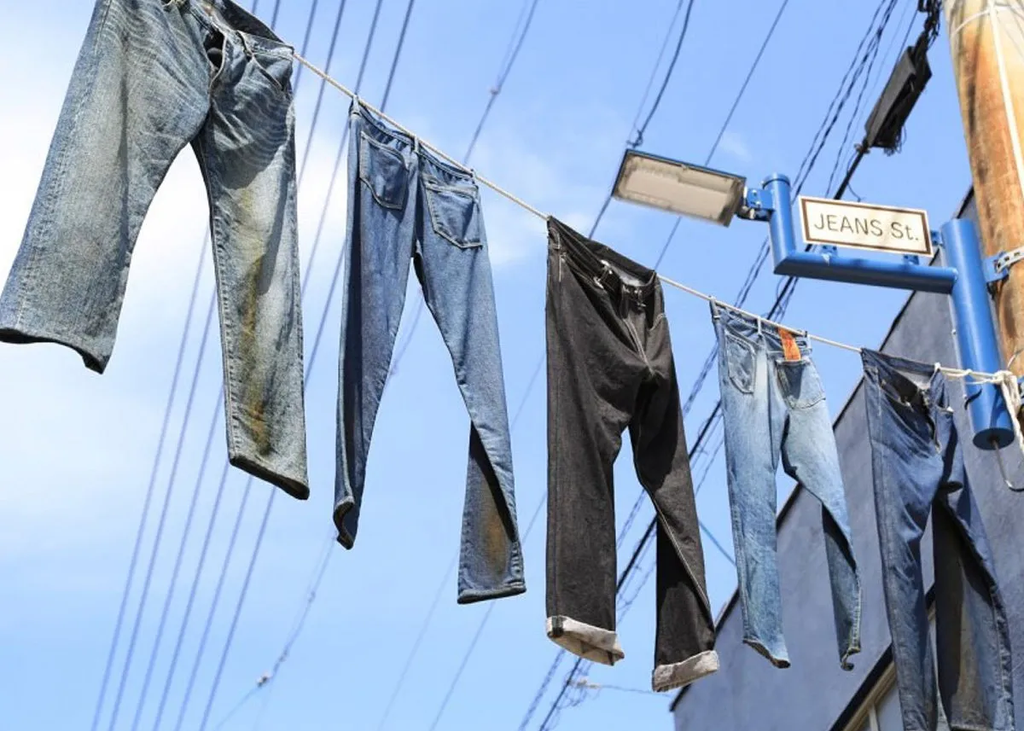
I've identified 3 reasons Japanese denim stands above all others:
Type 1: Unmatched craftsmanship
- Traditional shuttle looms (like vintage Toyoda models) create the coveted selvedge edge
- Artisanal rope-dyeing techniques produce deeper, richer indigo hues
- Meticulous attention to every stitch, rivet, and button detail
This isn't mass production, it's textile art with decades of heritage.
Type 2: Distinctive character
- Slubby textures and irregular weaves create a unique visual and tactile experience
- Premium cotton varieties (like Zimbabwe cotton) offer superior softness and durability
- Natural imperfections are celebrated rather than eliminated
These jeans tell stories other denim simply can't.
Type 3: Extraordinary aging potential
- Raw denim develops personalized fade patterns based on your daily movements
- High-contrast whiskers, honeycombs and stacks emerge with patient wear
- The fabric improves with age rather than deteriorating
Other jeans get old. Japanese denim gets better.
How to choose the perfect pair of Japanese denim
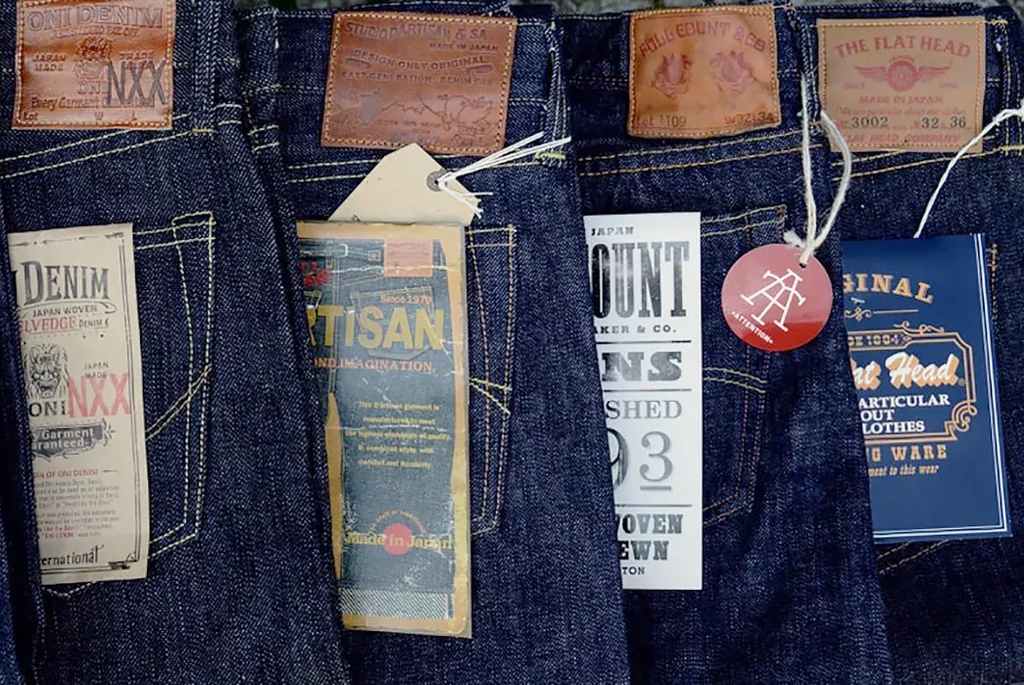
What should you look for when buying Japanese denim?
I often get this question from people overwhelmed by options.
And they're often focusing on the wrong things.
Which leads to expensive mistakes and disappointing results.
Instead, keep it simple. Focus on these:
- Raw vs. sanforized vs. unsanforized
- Weight (measured in ounces)
- Fit (slim, straight, tapered, etc.)
- Rise (low, mid, high)
- Details (stitching, hardware)
- Brand philosophy
- Price poin
- Return policy (crucial for online purchases)
- Size guidelines (remember: raw denim shrinks!)
- Selvedge ID color (if important to you)
They'll tell you everything you need to know.
Show you when something's high quality.
And highlight when there's exceptional value.
Don't overcomplicate things.
Japanese denim terminology you need to know
Repeat after me:
Raw denim isn't washed denim.
Sanforized isn't unsanforized.
Selvedge isn't non-selvedge.
Slubby isn't uniform.
Rope-dyeing isn't synthetic dyeing.
Left-hand twill isn't right-hand twill.
Loose weave isn't tight weave.
Zimbabwe cotton isn't standard cotton.
Chain-stitched hems aren't lock-stitched hems.
Hidden rivets aren't exposed rivets.
You get my drift.
Too many denim guides and retailers assume everyone understands these technical terms, leaving beginners confused and intimidated.
Nope, nope, nope.
Each of these distinctions significantly impacts how your jeans will look, feel, and age. Some affect comfort. Some affect durability. Some determine how your jeans will fade over time. Others influence how you should size and care for your investment.
There might be overlap among some characteristics, and a good denim enthusiast should be an expert in one (fit or fabric, perhaps) and have sound working knowledge of many of the others, but it's simply ridiculous to expect newcomers to understand all these nuances immediately.
A few months back I saw someone post about being disappointed with their first Japanese denim purchase... because they didn't realize unsanforized jeans would shrink dramatically after washing. This was from someone who had done some research but missed this critical detail. (I looked. I was shocked.)
Japanese denim terminology is where wine descriptions were 20+ years ago: intimidating, exclusive, and unnecessarily complex for newcomers.
Not every brand or retailer is guilty of this confusion (many provide excellent guidance), but too many are.
Anyone with me on making Japanese denim more accessible to everyone?
The ultimate breaking-in guide for Japanese denim
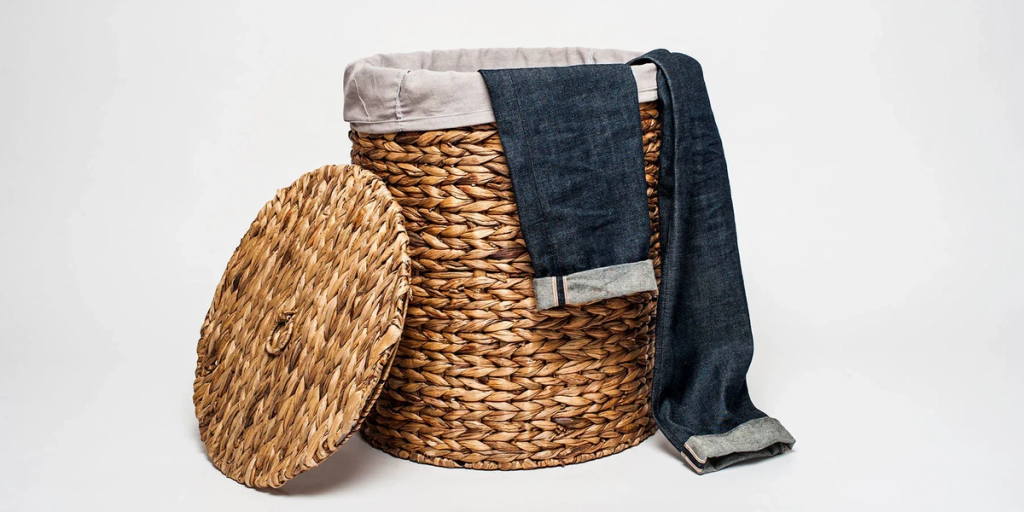
How I break in my Japanese raw denim for perfect fades:
(And how I avoid the painful mistakes most beginners make)
- Start with proper sizing (account for stretch in the waist and shrinkage elsewhere)
- Wear them daily for 2 weeks minimum before expecting comfort
- Skip the bathtub soak method (controversial, but it's unnecessary for most modern denim)
- Embrace the initial cardboard-like stiffness (it's temporary, I promise)
- Move naturally but frequently (squats help stretch tight areas)
- Avoid excessive sweating during the first 30 days (unwanted creases form)
- Accept some initial discomfort around the waistband and knees
- Watch for "hot spots" that might indicate a poor fit
- Let natural body movements create your unique fade patterns
- Be patient - the best fades develop over months, not days
Here's how to avoid the most common break-in mistakes:
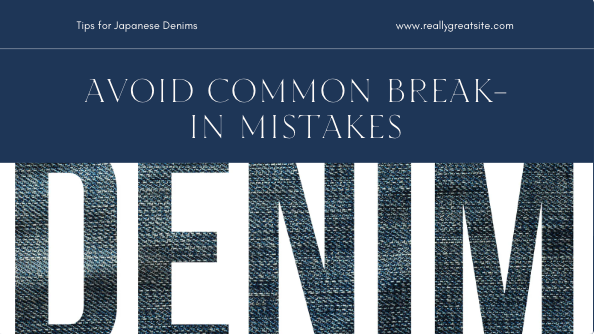
- Don't size down too aggressively (raw denim stretches in the waist but not in the thighs)
- Don't wash them prematurely (wait at least 6 months for high-contrast fades)
- Don't force artificial fades (sandpaper is cheating and looks terrible)
- Don't give up during the first uncomfortable week
- Don't compare your progress to extreme examples online (those are often years old)
- Don't worry about small amounts of indigo transfer to other items (it's normal)
- Don't let fear of "ruining" your fades prevent normal movement
Japanese denim care: Maximizing longevity while developing character
How to properly care for Japanese denim that actually preserves fades:
- Initial period: Wear 6+ months before first wash for high-contrast fades
- Spot cleaning: Use damp cloth with mild soap for small stains
- Odor control: Hang outside in fresh air or briefly freeze to kill bacteria
- First wash: Hand wash cold with minimal agitation, mild detergent
- Drying: Always air dry, hanging from the waistband to maintain shape
- Subsequent washes: Every 2-3 months depending on wear and environment
- Repairs: Address small holes early before they become unrepairable
- Storage: Hang by waistband or fold minimizing crease lines
The washing debate explained:
Some denimheads never wash their jeans. Others wash after a few months. The truth is somewhere in between - waiting 6+ months before first washing allows indigo to create beautiful contrasting patterns between high-friction areas (which fade faster) and low-friction areas (which retain more indigo).
But here's the secret most guides don't tell you: dirt and oil actually accelerate unwanted, blotchy fades by breaking down indigo dye. So extremely infrequent washing can actually produce worse results over time.
Find your balance between washing too frequently (which reduces contrast) and too rarely (which compromises fabric integrity).
The iconic Japanese denim brands you should know
How I cluster Japanese denim brands for better shopping decisions:
(And how to choose the perfect brand for your specific needs)
1. Heritage pioneers
- Momotaro: Known for pink selvedge ID and battle stripes
- Studio D'Artisan: One of the original "Osaka 5" brands
- The Flat Head: Obsessive attention to vintage details
- Samurai Jeans: Bold styling with heavyweight fabrics
2. Texture specialists
- Pure Blue Japan: Masters of slubby, irregular fabrics
- Oni Denim: "Secret denim" with extreme texture
- Tanuki: Modern interpretation of traditional Japanese fabric
- Kamikaze Attack: Experimental textures with attitude
3. Fade-focused brands
- Iron Heart: Ultra-durable heavyweight denim
- Strike Gold: Engineered for high-contrast fading
- Eternal: Slow, beautiful vertical fading patterns
- Full Count: Zimbabwe cotton with classic fade potential
4. Modern interpretations
- Japan Blue: Entry-level pricing with quality construction
- FDMTL: Avant-garde approaches to traditional techniques
- ASOM: Progressive cuts with Japanese fabric heritage
- Blue Blue Japan: Indigo-focused clothing beyond just jeans
5. Accessible entry points
- Unbranded: Japanese-inspired with lower price points
- Naked & Famous: Canadian-made using Japanese fabrics
- Uniqlo Selvedge: Mass market but surprisingly good quality
- Brave Star: American-made with Japanese denim options
Here's how to match brands to your priorities:
- Budget-conscious: Japan Blue, Unbranded, Naked & Famous
- Texture enthusiasts: Oni, PBJ, Tanuki
- Heritage purists: Momotaro, Studio D'Artisan, Samurai
- Durability-focused: Iron Heart, The Flat Head
- High-contrast fade seekers: Strike Gold, Eternal
- Modern style explorers: FDMTL, Blue Blue Japan
Styling Japanese denim: From workwear to high fashion

What style approaches work best with Japanese denim?
I've identified 3 foolproof styling directions:
Type 1: Heritage workwear
- Pair with Red Wing/Alden boots, flannel shirts, heavy tees
- Add vintage-inspired jackets (waxed canvas, leather riders)
- Keep accessories simple: leather belt, minimal watch
- Embrace natural materials like canvas, wool, and leather
- Color palette: earth tones, indigo, olive, rust, cream
This creates an authentic look that honors denim's workwear roots.
Type 2: Modern minimalism
- Clean white sneakers (Common Projects, German Army Trainers)
- Unstructured blazers or technical outerwear
- Monochromatic palette with denim as the focal point
- Slim or tapered cuts rather than straight fits
- Subtle accessories with architectural influence
The contrast between traditional denim craft and modern simplicity is striking.
Type 3: Street-influenced expression
- Bold footwear (limited sneakers, statement boots)
- Layered tops with graphic elements
- Strategic distressing or customization
- Mix high/low elements (vintage tee with quality denim)
- Experimental silhouettes (wider legs, cropped styles)
This approach uses Japanese denim as a canvas for personal style expression.
Whatever direction you choose, remember:
- Quality denim deserves quality companion pieces
- Let your jeans be the foundation, not an afterthought
- As your denim develops character, simplify what surrounds it
- The best outfits highlight your denim's unique evolution
Is Japanese denim worth the investment?
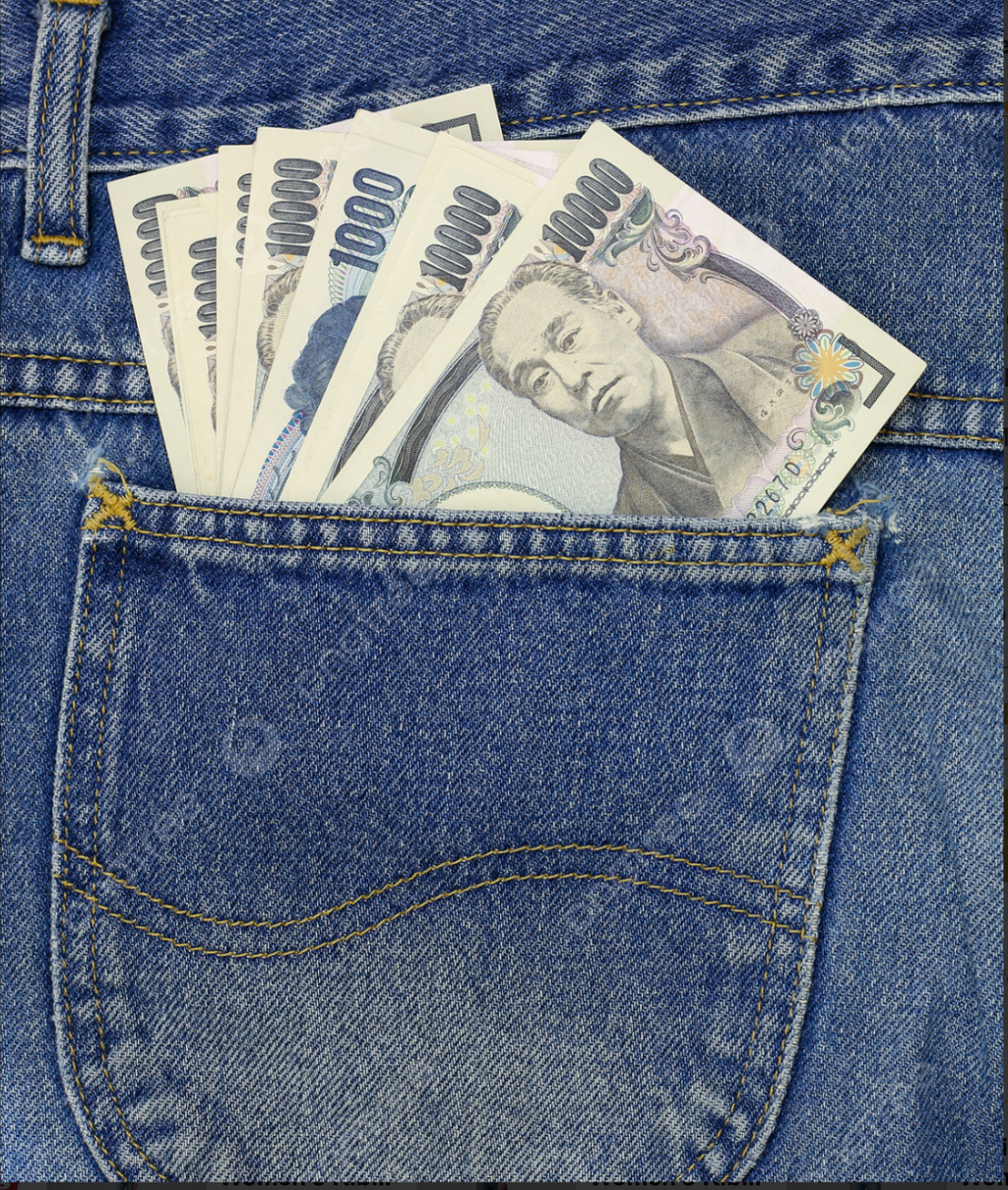
How to run a personal cost-benefit analysis on investing in Japanese denim:
- Standard mall jeans: $40-80, last 1-2 years with regular wear
- Entry Japanese denim: $150-200, last 5+ years with better aging
- Premium Japanese denim: $300-400, last 10+ years with proper care
The math actually favors quality when you calculate cost-per-wear:
- $60 mall jeans worn 100 times = $0.60 per wear
- $300 Japanese denim worn 1000+ times = $0.30 per wear or less
But the value goes beyond simple economics:
- Sustainability: Buying fewer, better items reduces environmental impact
- Personal expression: Unique fading patterns tell your story
- Craftsmanship appreciation: Supporting artisanal techniques
- Comfort improvement: Better materials and construction mean better fit over time
- Repair potential: Quality denim can be professionally repaired multiple times
- Style longevity: Classic designs that transcend trends
- Community connection: Shared enthusiasm with fellow denim lovers
- Educational value: Learning about textiles, craftsmanship and tradition
When customers tell me Japanese denim is "too expensive," I ask them to consider not just the upfront cost, but the total ownership experience.
I've had pairs of Japanese jeans for over a decade that look better today than when I bought them. Can your fast fashion jeans claim the same?
Common Japanese denim mistakes to avoid
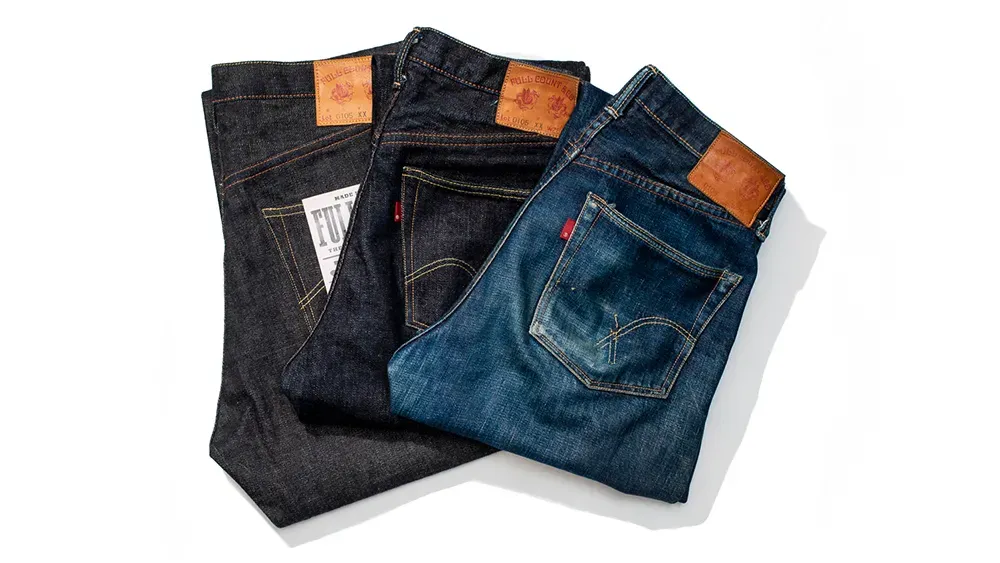
I've identified the 7 biggest mistakes people make with Japanese denim:
Mistake #1: Incorrect sizing
- Buying true-to-size when you should size up (unsanforized)
- Not accounting for waist stretch (1-2 inches in most raw denim)
- Ignoring thigh measurements (they don't stretch much)
Result: Uncomfortable, unwearable jeans that waste your investment.
Mistake #2: Premature or improper washing
- Machine washing with hot water
- Using harsh detergents that strip indigo
- Washing too frequently during the break-in period
Result: Flat, uniform fades without the contrast that makes Japanese denim special.
Mistake #3: Unrealistic expectations
- Expecting immediate comfort from raw denim
- Looking for dramatic fades after just weeks of wear
- Comparing your jeans to heavily-filtered Instagram photos
Result: Disappointment and abandonment of potentially great jeans.
Mistake #4: Overthinking the process
- Obsessing over every crease and fold
- Avoiding activities that might create "wrong" fades
- Treating jeans like museum pieces instead of functional clothing
Result: You miss the whole point of raw denim, natural evolution through real life.
Mistake #5: Brand obsession without fit consideration
- Buying a prestigious brand regardless of whether their cuts suit your body
- Ignoring uncomfortable fit issues because "that's just how raw denim is"
- Choosing extremely heavyweight denim in unsuitable climates
Result: Expensive jeans that gather dust in your closet.
Mistake #6: Neglecting maintenance
- Ignoring early signs of crotch blowout
- Never washing (yes, eventually you should wash them)
- Improper storage leading to weird creases or moth damage
Result: Premature failure of otherwise excellent jeans.
Mistake #7: Diving too deep, too fast
- Starting with ultra-heavyweight, unsanforized, specialty denim
- Buying multiple expensive pairs before understanding your preferences
- Getting caught up in collector mentality before appreciating the wearing experience
Result: Overwhelm, confusion, and often, wasted money.
The smart approach: Start with one well-fitted pair in the 13-15oz range, wear them consistently, learn the characteristics you personally value, then expand your collection thoughtfully.
Where to buy authentic Japanese denim
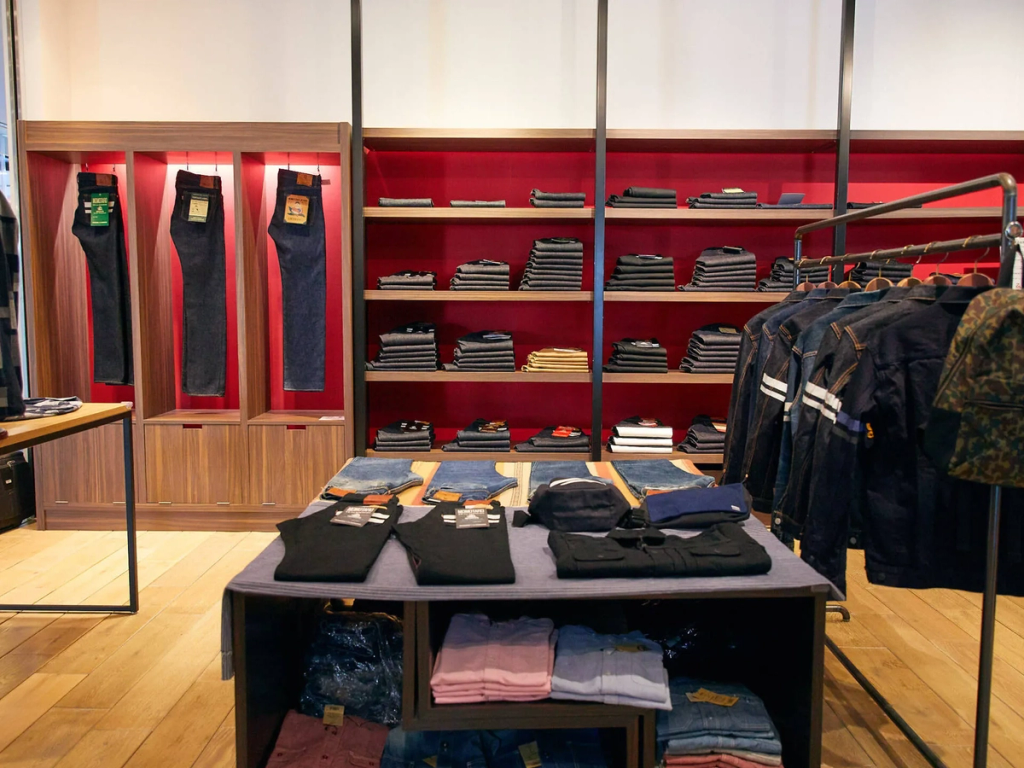
How to find legitimate Japanese denim sources:
(And how to avoid fakes and overpriced resellers)
- Direct from Japan
- Okayama Denim: Excellent curation, detailed measurements
- Denimio: Wide selection, proxies Japanese retail prices
- Hinoya: Historic Tokyo retailer with online presence
- Rakuten Global: Various Japanese sellers (requires research)
2. Trusted Western retailers
- Self Edge: Locations in NY, SF, LA, Portland
- Blue in Green: NYC institution with expert staff
- Rivet and Hide: UK-based with international shipping
- Redcast Heritage: Spanish retailer with great selection
- Blue Owl Workshop: Detailed measurements and hemming services
3. Brand direct websites
- Iron Heart International
- Naked & Famous
- Japan Blue/Momotaro
- 3sixteen (uses Japanese denim)
4. Specialty marketplace platforms
- Grailed: Secondary market for used and new items
- Reddit r/rawdenim Buy/Sell/Trade threads
- Superfuture Supermarket forum
Here's how to identify quality retailers:
- They provide detailed measurements (not just tagged sizes)
- They explain fabric characteristics and shrink potential
- They have knowledgeable staff who can answer specific questions
- They properly represent the brands they carry
- They have a track record in the denim community
- They stand behind their products with customer service
- They can provide guidance on sizing and care
Red flags to watch for:
- Suspiciously low prices on premium brands
- Lack of detailed product information
- No mention of fabric weight or source
- Generic product photos
- No sizing charts or vague measurements
- No established presence in denim communities
The future of Japanese denim
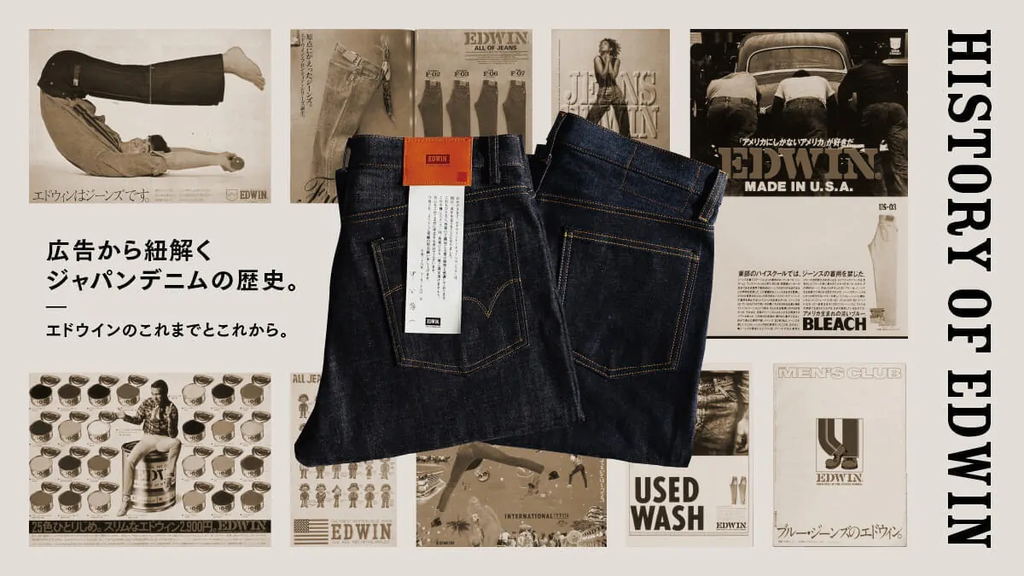
How Japanese denim is evolving while preserving tradition:
- Sustainable innovations in indigo dyeing
- Mixing of traditional techniques with modern design
- Collaboration between Japanese makers and global designers
- Increasing attention to ethical sourcing and production
- Greater accessibility through education and entry-level options
- Revival of forgotten historical techniques
- Application of denim craftsmanship to other garment categories
- Integration of technology for customization while preserving handcraft
Japanese denim stands at a fascinating crossroads, honoring centuries-old traditions while adapting to contemporary values and needs.
The most exciting brands are finding ways to maintain the soul of their craft while addressing modern concerns around sustainability, accessibility, and relevance.
For consumers, this means more options, better information, and new expressions of the art form we love.
The core values remain:
- Patient craftsmanship over mass production
- Natural materials and processes
- Garments that evolve with their wearer
- Clothing with soul and story
These principles will ensure Japanese denim remains relevant regardless of fashion trends, becoming even more valuable in a world of disposable consumer goods.
Conclusion: Why Japanese denim remains the gold standard
What makes Japanese denim worth the investment in a world of cheap alternatives?
I've thought deeply about this question for years as both a wearer and industry observer.
It comes down to this: Japanese denim represents an increasingly rare intersection of functional craftsmanship, personal expression, and lasting value.
In an era of disposable fashion, these jeans:
- Tell your unique story through personalized fading
- Connect you to centuries-old textile traditions
- Improve rather than deteriorate with age
- Stand as quiet rebellion against planned obsolescence
- Represent conscious consumption over mindless accumulation
- Provide better value over their lifespan despite higher upfront cost
- Offer a tangible experience of quality that transcends trends
The Japanese denim journey isn't just about owning exceptional pants, it's about participating in a process where your daily life becomes imprinted on something made with integrity.
When you wear Japanese denim, you're not just consuming a product.
You're continuing a conversation between craftspeople and wearers that spans continents and generations.
In a world increasingly dominated by AI-designed, algorithm-sold, robot-manufactured goods, there's profound value in items made slowly, with human hands, specifically designed to become more beautiful through your unique experience of wearing them.
That's the true gold standard Japanese denim represents.